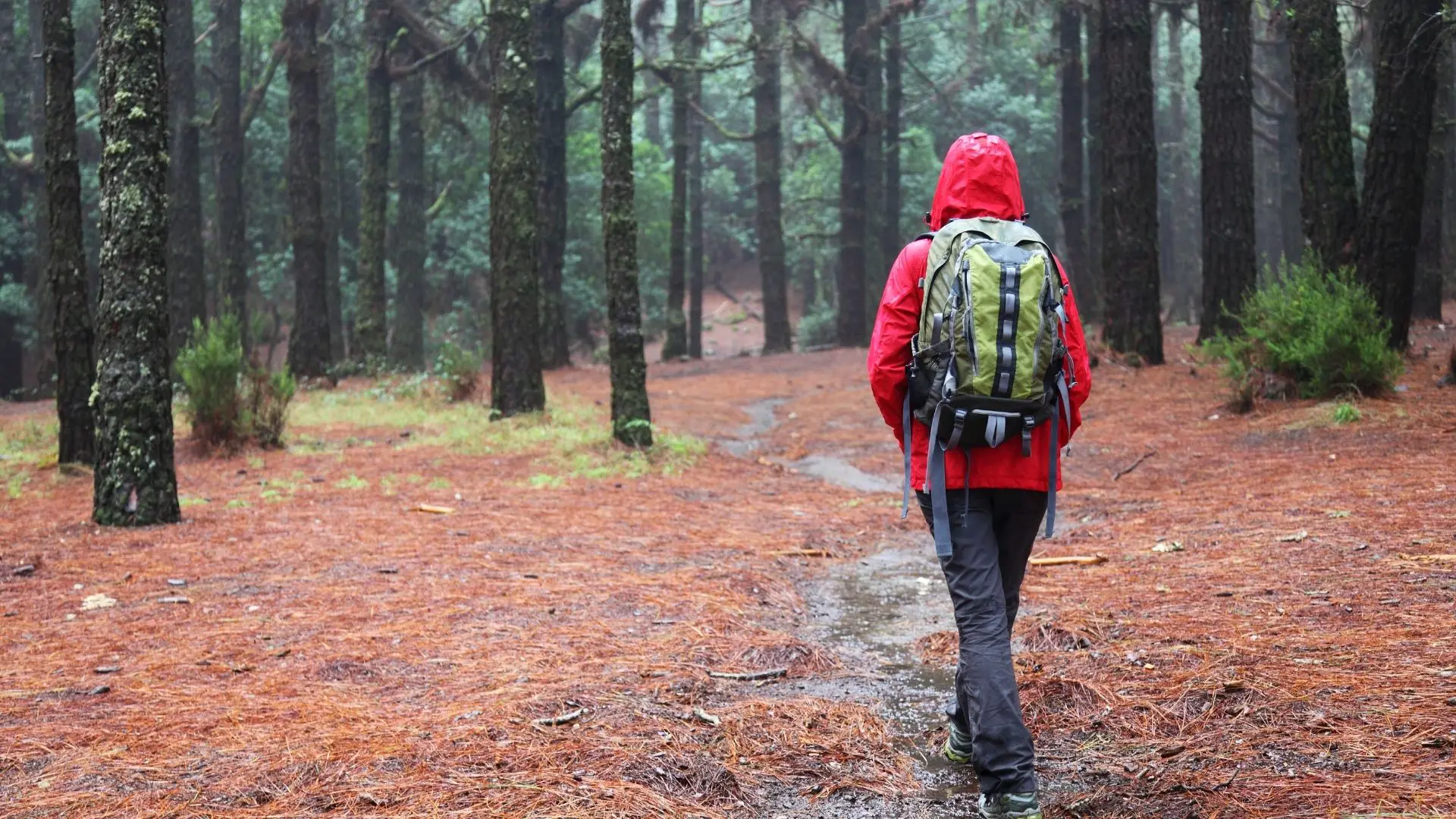Sawyer makes some ridiculous claims about the lifespan of their water filters. With a .1 absolute micron filter it’s small enough to filter bacteria/protozoa, but open enough to prevent clogging. The Mini and Squeeze filters are rated up to 100,000 gallons, but how long will they actually last? How many times can you use a Sawyer Water Filter?
Sawyer filters should last 3-5 years and hundreds of uses(1000s of gallons). You’re more likely to accidentally damage the filter than to wear through the filter. Regular backflushing and cleaning will extend its life by preventing clogs and killing mold/bacteria growth. Sawyers viral filter is only rated to 400 20oz bottles of water so you’ll run through it fast.
Sawyer makes one of the most versatile and durable filters on the market. You probably won’t reach the stated 100,000 gallon mark, but you should be able to significantly increase the lifespan of your water filter. Keep reading to find out how I extend my filters lifespan.
Sawyer Water Filter Lifespan: How Long Does a Sawyer Water Filter Last?
Companies make outrageous claims when it comes to water filters. Most of Sawyers water filters are rated up to 100,000 gallons, but you’ll never get close to that. Those ratings are with relatively clean water in a controlled lab setting. Plus they go far past the point where most people would consider the filter unusably clogged.
You have to deal with dirt, muck, algae, and god knows what else in the typical backcountry environment. Don’t expect the same kind of performance with all that junk entering your filter. The filter will slowly start to clog up and you’ll have to deal with mold growth.
Bacterial vs Viral Filter Lifespan

Bacterial filters like the Sawyer Mini and Squeeze will last much longer than viral filters. Sawyers Select S3 filter is the only portable filter that I know of that can filter out viruses. It’s only rated to filter 62 gallons of water. That’s nothing compared to the average bacterial filter rated to 100,000 gallons.
Why do virus filters have a short lifespan? It’s because bacteria cells are almost 100 times larger than the typical viral cell. So you need tiny little holes to effectively filter out viruses. Those tiny holes quickly clog up fast and the filters are deemed useless. That’s why you typically use a bacterial pre-filter to catch large debris before the pre-filter and most municipalities use chemical purification methods.
How can I extend the life of my Sawyer filter? Watch For Clogs and Mold Growth
You have to regularly backflush and clean out the filter. Most of the time you can force water through the filter with the supplied plunger and you’ll be all good. I prefer using the Sawyer cleaning coupling so I can hook it up to a water bottle. It speeds up the cleaning process since you can force a lot of water through fast.
You’ll have to go through a deeper cleaning cycle if you start to notice mold growth. Pay attention to the taste and smell of your filter. If it starts to get a nasty earthy smell/taste you most likely have mold growth. Eating mold can cause serious health problems so don’t let your filter get past the point of no return.
You can kill mold with a bleach and water solution. I usually eyeball a tablespoon of bleach mixed with a glass of water and then run through the backflushing process. This should probably be done at the beginning of every camping season and after extended storage.
Backflush After Every Use
- Backflush With Filtered Water: Start off by backflushing the filter with distilled water. Fill up your Sawyer cleaning plunger with clean water and force it in the opposite direction(against the flow arrow). Close the plunger and force the clean water through the filtered fibers. Repeat the process several times until the water comes out clean and easily. The key to a successful backwashing is to be forceful. A good backwash should be able to restore over 98% of the filters original flow rate.
- Make A Bleach Solution: You need to make a bleach solution if you notice mold growth in your filter. I usually fill a coffee cup 2/3 full with water and add a splash of bleach. All you need is like a tablespoon of bleach. Mix the solution together.
- Backflush With Bleach: Follow the backflush step above using the bleach solution. I usually run the bleach through the filter and right back in my coffee mug. Keep running it through 3-4 times and give the filter a few minutes to soak up the bleach.
- Backflush Again With Water (wait 10-15 minutes): After waiting about 10-15 minutes you’ll want to repeat the backwash process. You want to pay special attention to the water color and pressure. You’re good to go once the waters clear and it’s easy to suck fluids through. Make sure you’ve ran a bunch of water through the filter before trying to drink out of it.
- Repeat If Needed: Keep repeating the process and you should eventually have a clean filter. Watch the instructional video below for more information.
- Soak It In Filter Water: If a standard backwash doesn’t get your filter flowing again, I recommend soaking your filter in hot water. Don’t let the water get too hot (140 Degrees Fahrenheit). Keep it on the stove and let it sit for 2 hours. If that doesn’t work, soak the filter in vinegar for 30 minutes and afterwards force clean water through it. This should break up all the grown in dirt/mold so you can repeat the cleaning process.
Old vs New Sawyer Filters
Sawyer filters have a relatively slow flow rate straight out of the package. So you’re dealing with seriously slow flow once it starts to get clogged. It will actually get hard to draw water through the filter. After a month long backpacking trip my filter got so hard to draw that I couldn’t even take a drink without stopping for a second. Luckily you can usually get 98% (tested result) of your initial flow rate back after backflushing and cleaning.
Long Term Storage
There’s really no way to completely dry out your filter before putting it into long term storage. Expect some mold growth since it should take 3-4 weeks for the filter to completely dry. I recommend backflushing the filter with a bleach and water mixture before and after putting your it into storage. That should kill off most of the bacteria and mold spores making an environment less suitable for mold growth.
Sawyer Mini filters never expire so you can leave it in long term storage for years and it will still work fine. Just make sure you clean out the filter before tucking it away. You don’t want to come back to a nasty mold covered mess. Take the following steps before putting a Sawyer filter into storage.
- Backflush the filter with clean water
- Use a bleach and water solution to sterilize the filter and kill off mold and bacterial growth.
- Let the filter dry for a few weeks before storing it. It can take 3-4 weeks for the filter to dry out completely.
- Smell the filter for mold and test it out before using it in the field. I always backflush my filters again with a bleach and water solution before using it, but I’m highly susceptible to mold.



